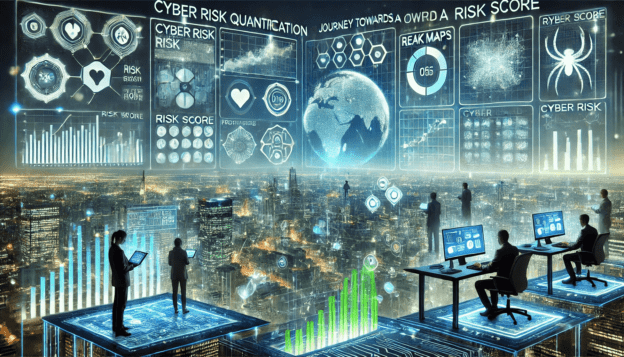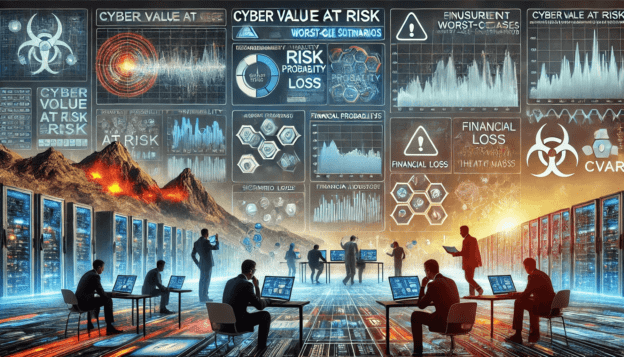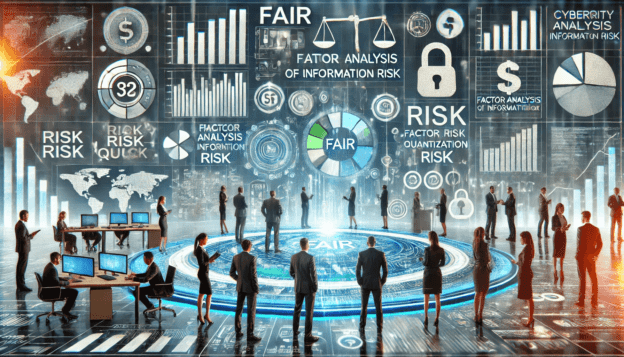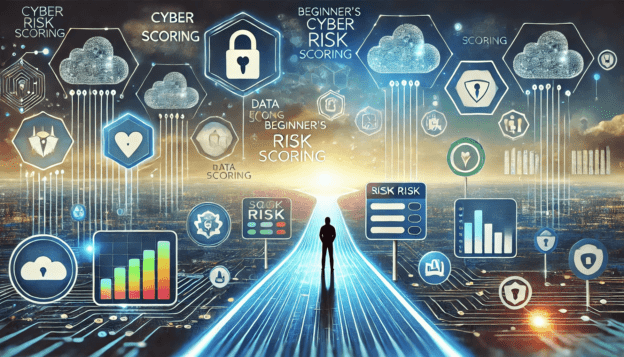As organisations face increasingly complex and interconnected cybersecurity threats, the ability to measure and communicate risk effectively has become a cornerstone of risk management. Cyber Risk Quantification, the practice of assessing threats in measurable terms, has evolved alongside frameworks and scoring systems aimed at simplifying this process.
Continue reading








